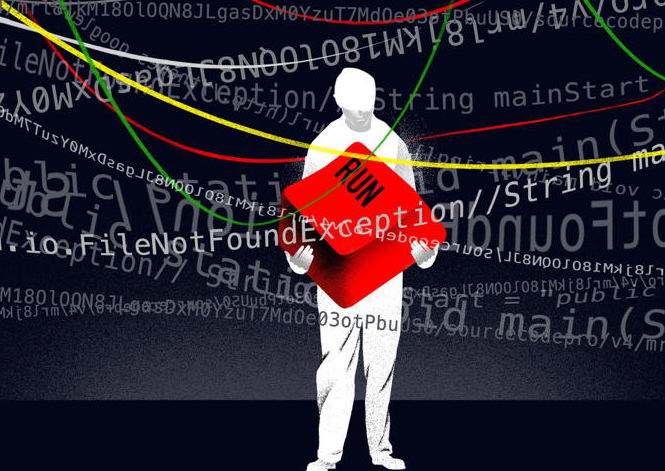Amid the frantic race of companies to develop cutting-edge software, they are unknowingly accumulating a form of debt often overlooked – “technical debt.” This term refers to the hidden consequences beneath the surface of shiny, new software – a result of quick fixes and outdated systems, leading to security vulnerabilities and barriers to innovation.

This technical debt, which includes issues like system failures, slowed innovation, and security breaches, has far-reaching consequences. Notably, it played a role in the disruption of over 13,000 Southwest Airlines flights in December 2022 and is identified as a major factor in numerous software vulnerabilities that resulted in hacks affecting Google, Apple, and Microsoft.
A 2022 report by a software industry-funded nonprofit estimated that addressing this technical debt would require $1.52 trillion, with an annual cost to the U.S. of $2.41 trillion in cybersecurity failures, operational setbacks, and outdated system maintenance. This surpasses the U.S. government’s annual interest payment on the national debt by over 2.5 times. Experts suggest that the current technical debt may have surged to nearly $2 trillion.
Much like the national debt, technical debt compounds over time, particularly exacerbated during the pandemic, reaching alarming proportions. It poses a threat similar to aging physical infrastructure, leading to hazardous conditions in everyday life.
The rise of artificial intelligence (AI) in software development is seen as a potential aggravator of the problem. Making coding more accessible, especially for less-experienced programmers, tends to result in increased technical debt as the focus on delivering features quickly may override optimizing code efficiency.
Software professionals express concern that without a shift in priorities, the maintenance required to address technical debt may be neglected by businesses eager to invest in new capabilities. A crucial fix involves empowering IT management to prioritize strengthening existing systems over constant requests for new features.
The parallel with physical infrastructure is evident – bolting on new capabilities to software, while beneficial, doesn’t address core operational efficiency. Without policies enforcing the reduction of technical debt, businesses may find building new features more challenging.
To retire technical debt effectively, there must be a balance between developing new capabilities and maintaining existing infrastructure. Failure to address this issue not only hampers innovation but also poses a risk to national security, especially in an era where sophisticated adversaries can exploit software vulnerabilities.
Despite potential interventions like updated laws and AI-based tools, the elimination of technical debt often requires significant code rewriting and system re-architecting. As the world grapples with this pervasive issue, the cost of inefficiency becomes increasingly apparent, urging businesses to strike a balance between innovation and the critical maintenance of their software systems.





